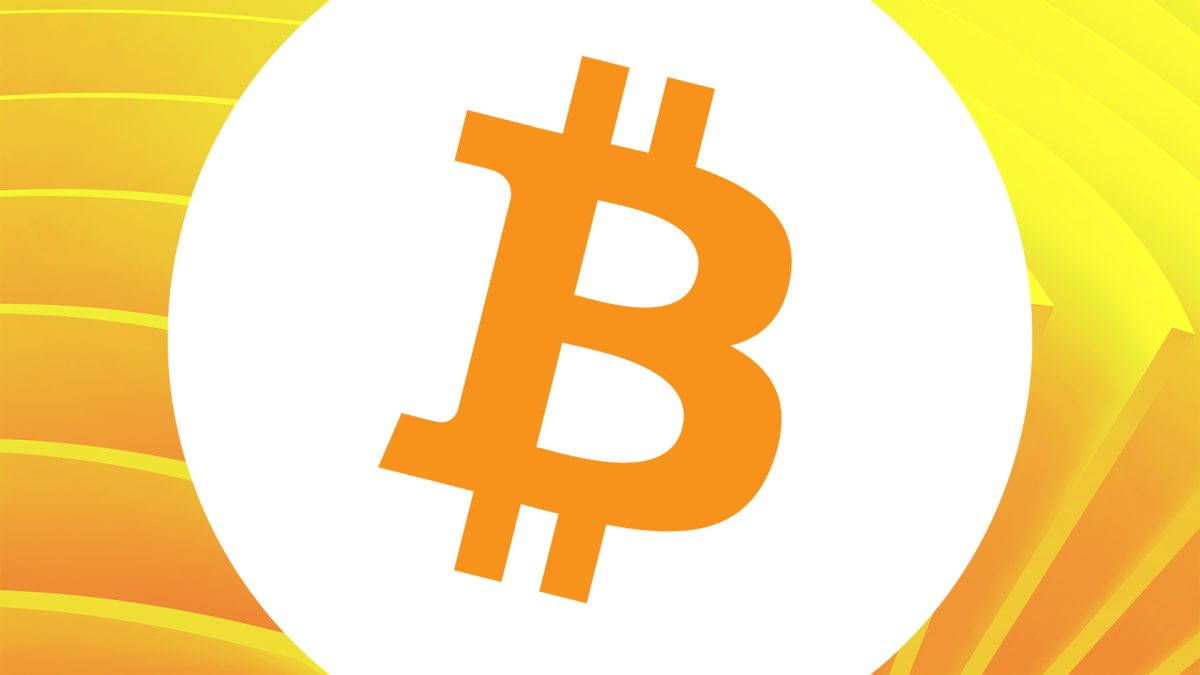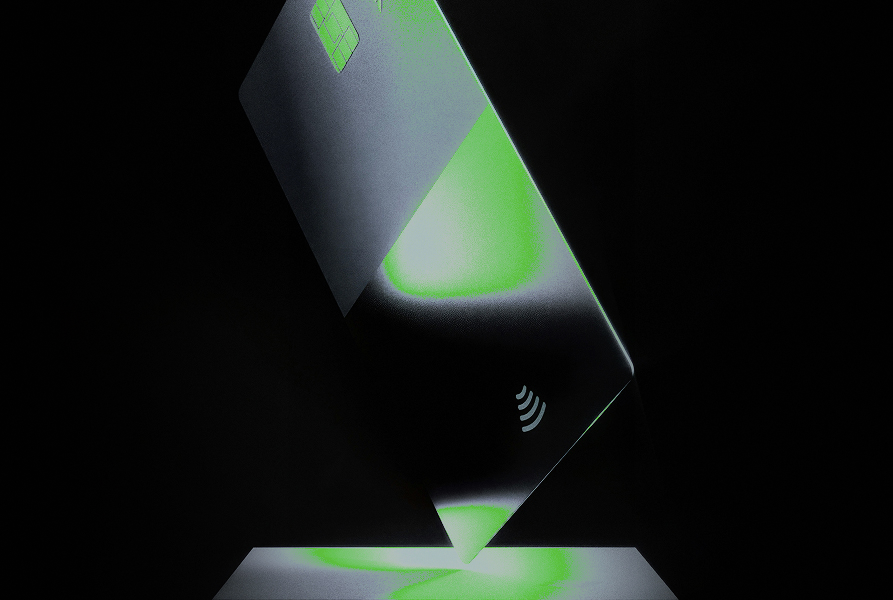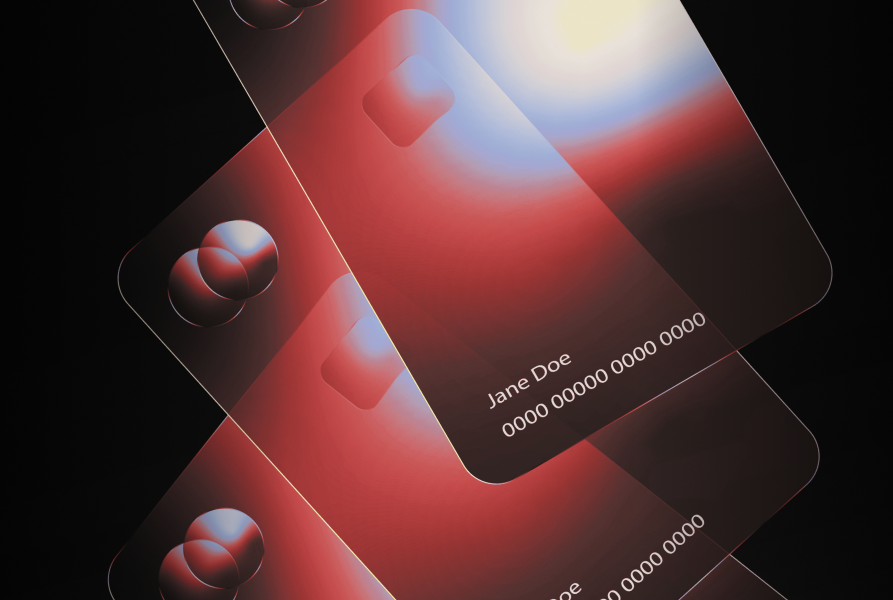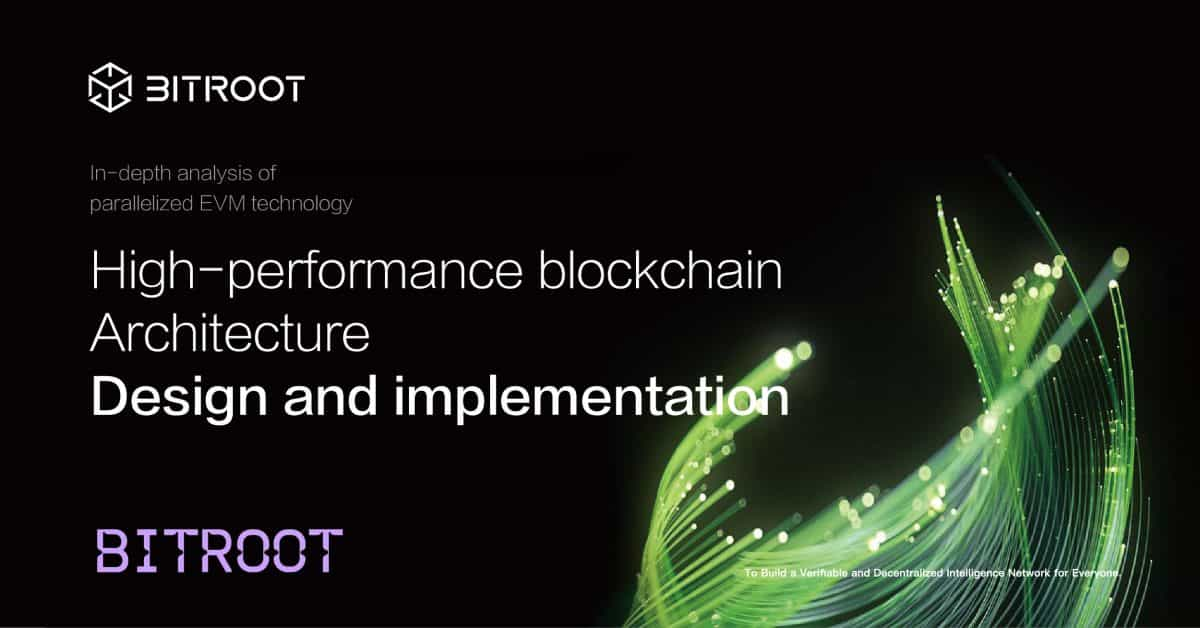Bitcoin Ordinals launchpad proposes BRC-69 standard to reduce costs by 90%

Quick Take
- Bitcoin Ordinals launchpad platform Luminex has proposed BRC-69, a new standard for creating Recursive Ordinals collections.
- It claims this standard can reduce inscription costs by over 90%.

Bitcoin Ordinals launchpad platform Luminex has proposed the BRC-69 standard, designed to simplify the creation of Recursive Ordinals collections, reducing inscription costs and streamlining the on-chain pre-reveal process.
Ordinals developers introduced recursive inscriptions last month, helping to overcome Bitcoin's 4 MB per block size limitation that restricts the size of NFTs by allowing inscriptions to work together. Previously, Ordinals inscriptions representing tokens and NFTs on Bitcoin were independent of one another, unaware of other inscriptions. Recursive inscriptions can reference the content of other inscriptions using a special syntax.
Building on this, Luminex claims BRC-69 can reduce the cost of inscriptions by over 90%, helping to optimize the Bitcoin block space as the number of inscriptions grow. The reduction is achieved through a 4-step process of inscribing traits, deploying a collection, compiling it and minting the assets, Luminex said.
Luminex’s proposal means that minters only need to inscribe a single line of text rather than a full image. This text serves as a reference, allowing the final image to be automatically rendered across Ordinals frontends, only using on-chain resources. “The end result? A flawlessly rendered image. Unlike other SVG recursive collections, these images can be dragged, dropped and saved as typical image type Ordinals,” Luminex said.
In addition to cost savings, Luminex claims BRC-69 paves the way for more enhancements and features. For example, launching collections with a fully on-chain pre-reveal process — meaning the unveiling of a collection, including the final image and its associated traits, happens directly on the blockchain without requiring off-chain resources.
The Ordinals protocol came to prominence earlier this year, enabling the creation of tokens and NFTs on Bitcoin and causing a surge in transactions and fees on the network.
© 2025 The Block. All Rights Reserved. This article is provided for informational purposes only. It is not offered or intended to be used as legal, tax, investment, financial, or other advice.







